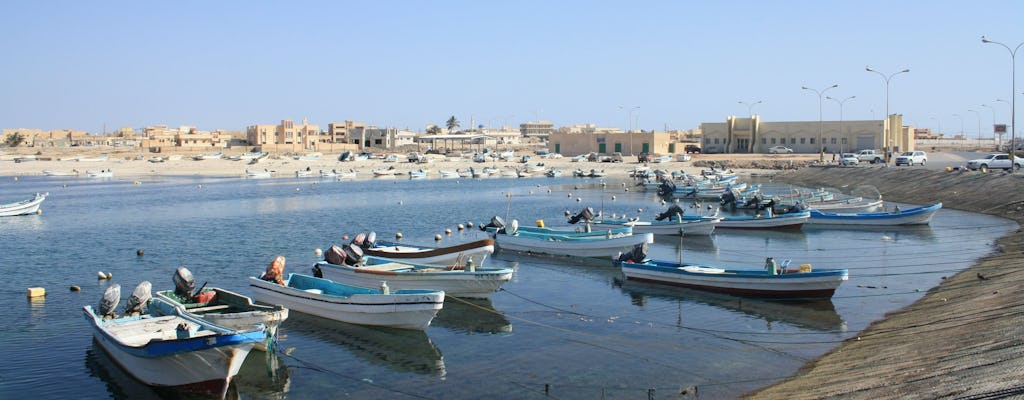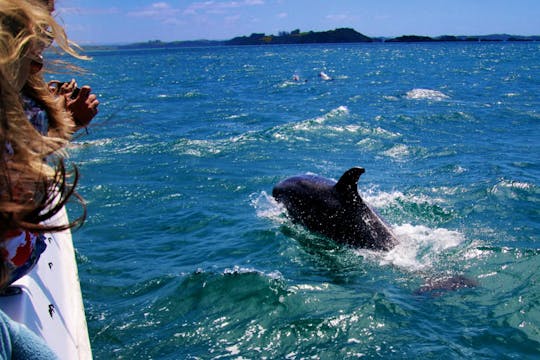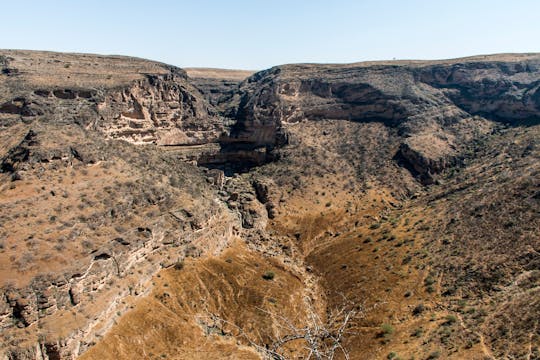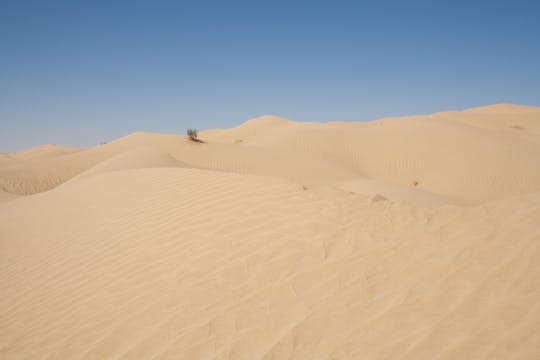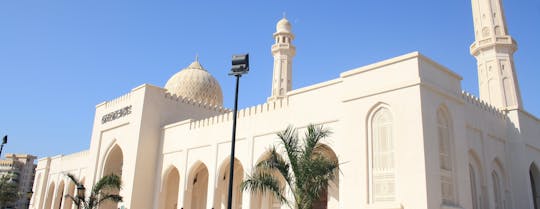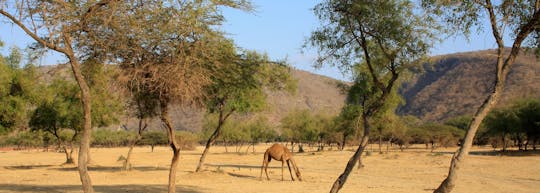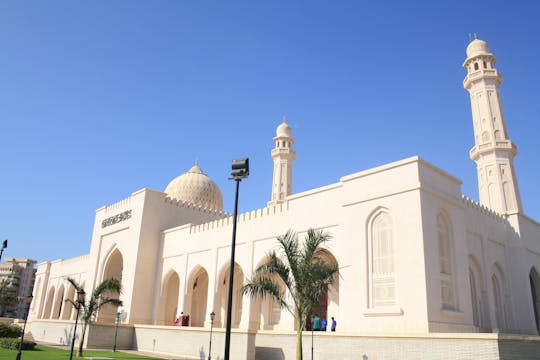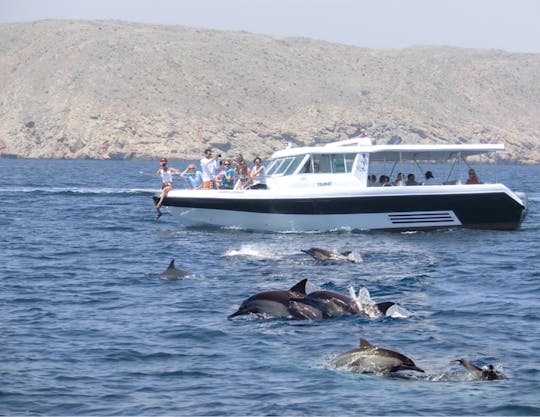In your small group, begin the day by visiting the iconic Sultan Qaboos Grand mosque that was opened to the public in 2009. Take in the highlights of the mosque that include the Persian style architecture, the 115 million individual knots handwoven carpet and the crystal chandelier that hangs from an intricately carved 118 foot dome.
Drive through the lush green plantation where coconuts, bananas and other various vegetables and fruits grow. Stop at one of the vegetables and fruits stall on the road to experience locally grown crops.
View the Al Husn Palace that is the Official palace of His Majesty the Sultan and stroll through the old Haffah souk, that is famous for selling high-quality Frankincense and numerous other Dhofari traditional souvenirs.
Visit the 'Museum of the Frankincense Land' that was carefully built near the ruins of Al Baleed historically known as Zafar, a 12th century port that had a strategical role in the trading of frankincense between India in exchange of spices. The museum displays the artifacts from bygone era. The marine hall illustrates Oman's maritime history.
Your next stop will be the Taqa castle, an ancient residence of Wali (the Governor) of Taqa fishing village. You'll continue your drive towards the ancient ruins of Sumharam (UNESCO world heritage site).
The city was part of Hadramawt Kingdom and the eastern most outpost on the ancient incense trails between the Mediterranean Sea, Persian Gulf and India. Khor Rori was an ancient port on the coast of Dhofar and one of the major trading cities believed as the hub and harbor for the shipping of Frankincense.
The scenic drive leads to“Mirbat”, the ancient capital of Dhofar and the beginning of the “Frankincense trail‟. Stroll through the streets lined with old Omani houses and take a photo stop of the “twin-domed Bin Ali’s Tomb‟ a classic example of medieval architecture before your drive back to the hotel.

